Reading Time: 2 minutes Glacier FarmMedia – Canada’s draft policy that would provide financial incentives to livestock producers to reduce methane from cattle aligns with the beef sector’s target to see those emissions reduced by one-third by 2030. The beef industry will have to see how well federal government proposals merge with its own efforts, which have already resulted in Canadian […] Read more

Cattle sector awaits details on methane plan
Early thinking is that federal incentives to help producers reduce cattle emissions could fit with industry targets
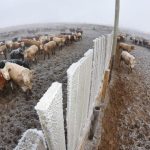
Klassen: Feeder market holds value despite negative margins
U.S. demand limited with colder temperatures in Midwest
Calf markets appeared to trade $2 to $3 above week-ago levels on average. Feedlot margins on current pen close-outs are negative $300 to $350 per head but replacement markets haven’t missed a beat. Finishing feedlots were once again bidding aggressively on backgrounded cattle with fleshier types experiencing limited slippage. Larger pen sized groups were on the higher end of the priced spectrum with buyers avoiding smaller packages.

Beef marks GHG drop: report
Assessment reveals industry has reduced emissions by 15 per cent
Producing a kilogram of boneless beef cuts today involves 15 per cent fewer greenhouse gas emissions than in 2014, according to the recently released National Beef Sustainability Assessment (NBSA) and Strategy report.
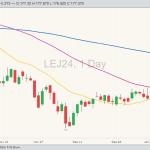
U.S. livestock: Cattle, hogs sag as traders track US slaughtering
Data largely neutral for cattle futures, analysts say
Chicago Mercantile Exchange cattle futures eased on Friday as the market retreated from November highs, and hog futures also closed lower.

Ag minister talks Proposition 12, VCOOL with the U.S.’s Vilsack
The trip marks MacAulay's first ministerial visit to the U.S. since regaining the role
Proposition 12 and voluntary country of origin labelling (VCOOL) were among topics raised during federal Ag Minister Lawrence MacAulay's first ministerial trip to to the U.S. after being appointed to the portfolio late last year.
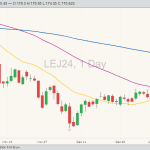
U.S. livestock: Follow-through buying carries CME cattle to eight-week highs
Cattle lighter after severe winter weather traders say
Chicago Mercantile Exchange cattle futures stormed to their highest levels in about eight weeks on Thursday amid follow-through buying, traders said.
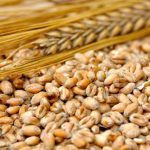
Western Canadian feed market cold, but quiet
General trend in barley pricing flat to lower
Extreme cold temperatures in Western Canada have done little to move the needle on feed grain markets as corn continues to come up from the United States and end users appear well covered for the time being.
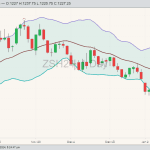
U.S. livestock: Cattle futures hit November highs as traders focus on harsh US winter
Lean hogs ended slightly up after early plunge
Chicago Mercantile Exchange cattle futures touched their highest prices since November on Wednesday after severe winter weather has slowed weight gains for livestock and disrupted slaughtering, analysts said.

Western Canada’s dry winter heralds worsening drought for 2024
Oil and gas, hydro, forestry, sports affected alongside agriculture
Canada's abnormally dry winter is worsening drought conditions across the western provinces, where most of the country's oil, gas, forest products and grain are produced.

Klassen: Yearling return to the lineup on strong demand
Frigid temperatures result in limited volumes
The market hasn’t missed a beat and started the year where it left in December. The only difference is there are larger supplies of yearlings coming on stream. The benchmark levels had backgrounded steers averaging 1,000 pounds trading from $280-$285/cwt with top bids rounding at $290/cwt. Steers averaging 850-pounds were averaging $300/cwt with top-notch larger groups peaking at $305.

